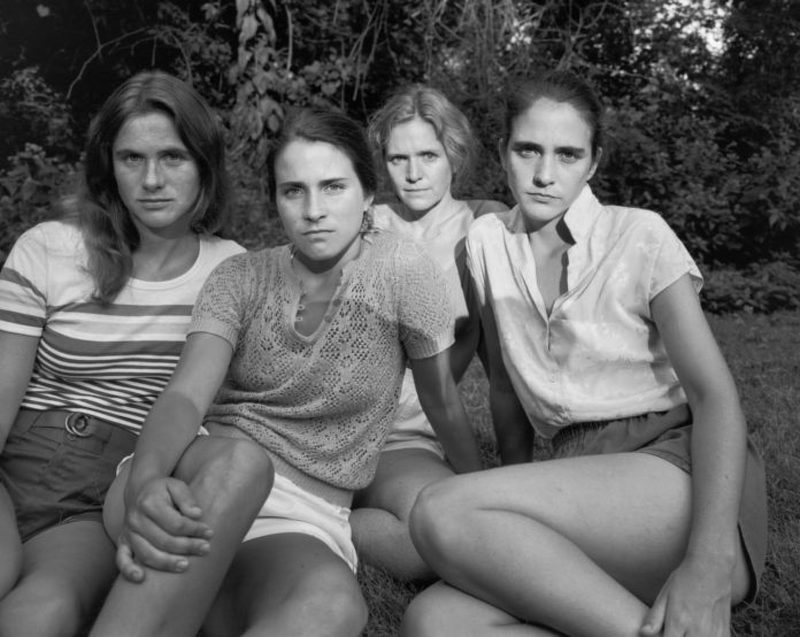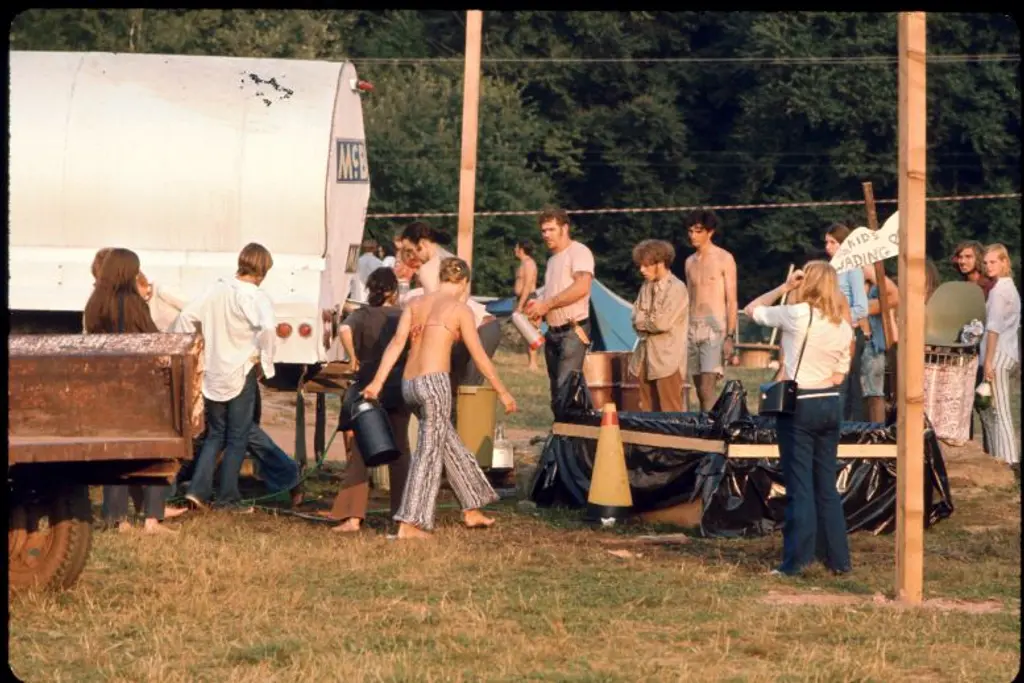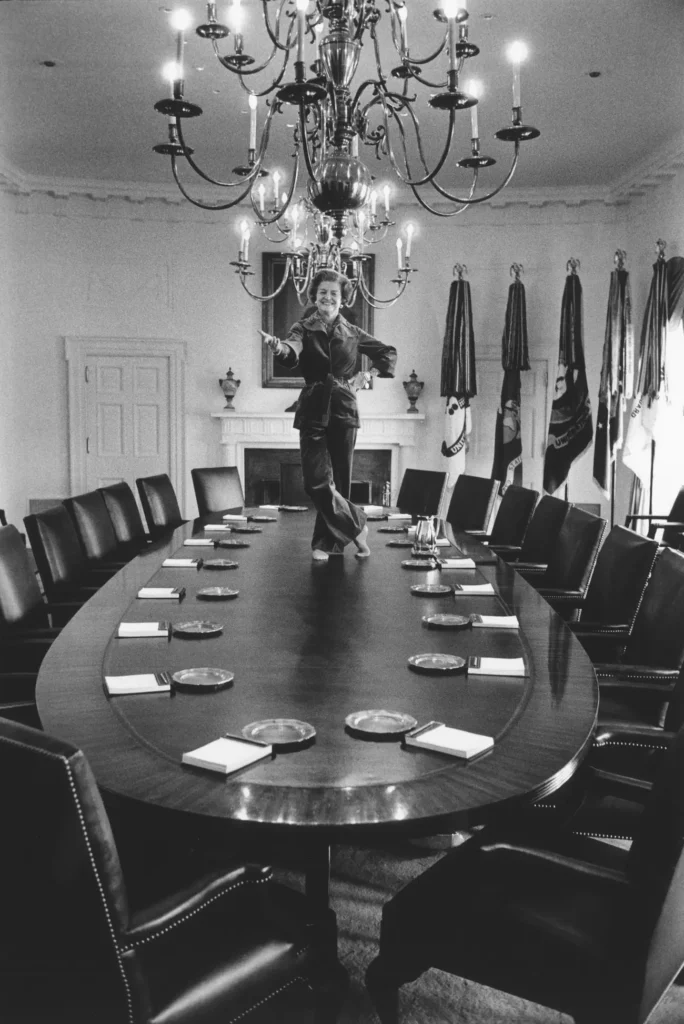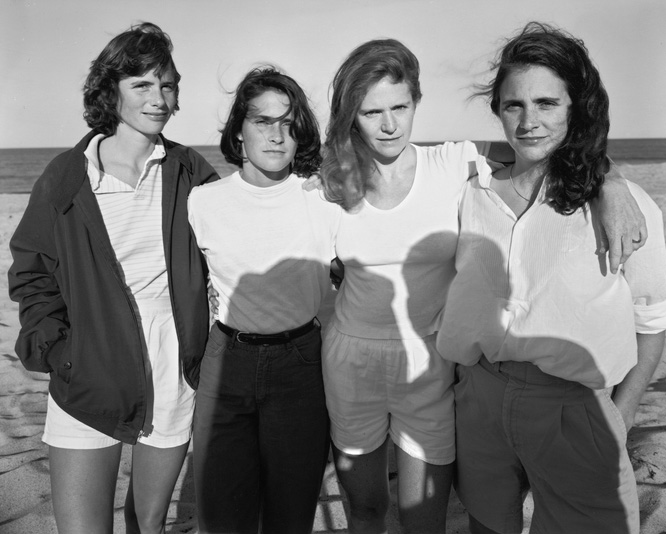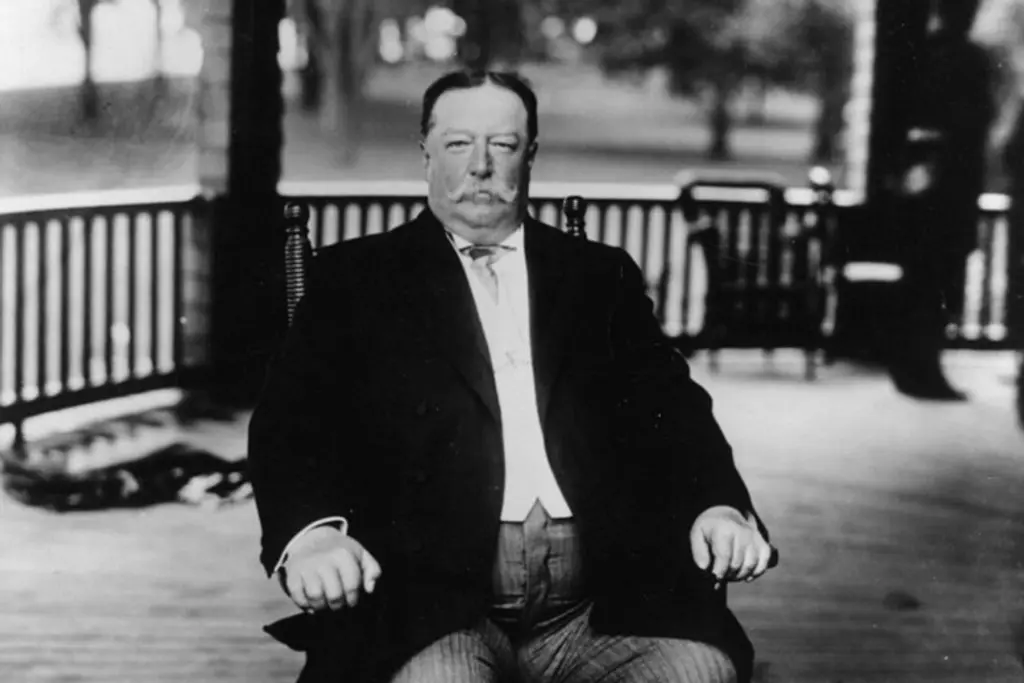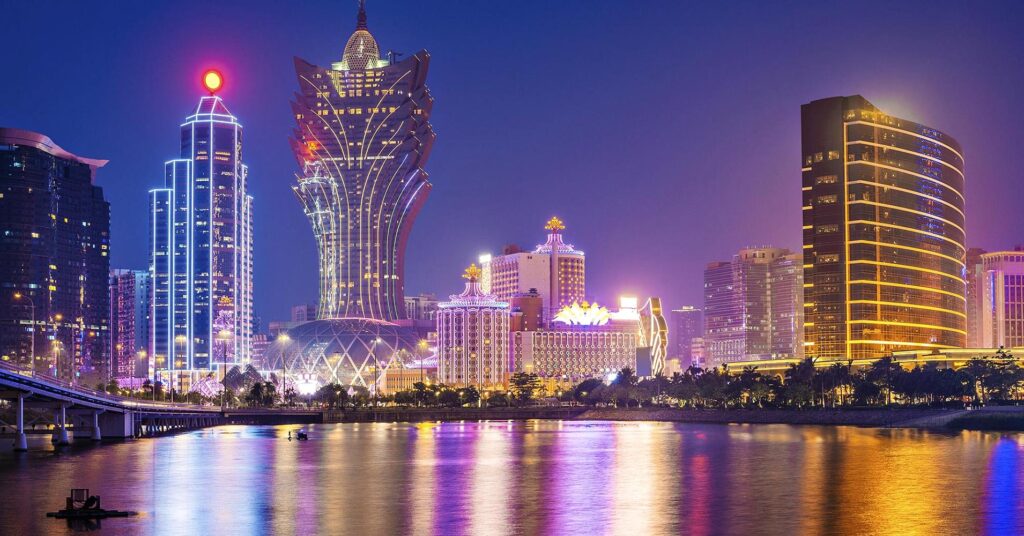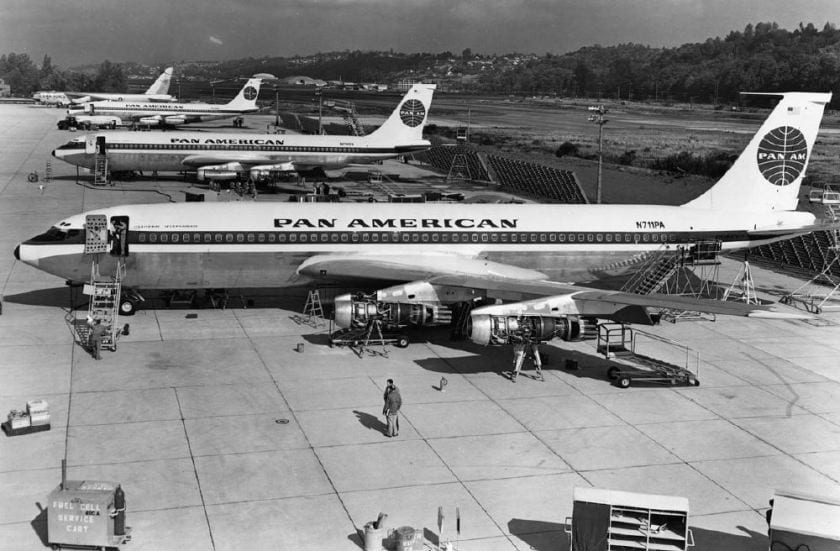Art Deco Cars That Are Still Beautiful Today
When it comes to art, most of the time we reserve it for museums and prestigious libraries and universities, but the cars on this list were designed by people who thought different. The cars on this list are some of the most decorative cars that you have ever seen.
These decorative cars are the culmination of what it means to ride in style. Some of these cars are classy, sleek and sophisticated and others are outlandish and loud and full of color and personality. Either way, if you appreciate art, you will appreciate the cars on this list.
1956 Nash Ambassador
The Nash Ambassador, the first car on this list was manufactured from Nash and later American Motors from 1932 to 1974. The car was one of the most prestigious cars in the Nash lineup and was even used as the showcase model.

In addition to being one of the most expensive sedans in the Nash lineup, the Ambassador was bought and driven by royal families. If you were buying a car in 1957, the last year that they were produced under Nash Motors then you even had the option to create a custom model.
1937 Cord 810/812
A luxury 2-door coupe, the Cord 810 and 812 were American manufactured from Cord Automobile for 2 years between 1936 and 1937.

It was the first American designed and built car that with front-wheel drive that had an independent front suspension and was also the first cars to offer hidden headlights. In 1937, buyers had the option to get a supercharged model with a V8 engine that had a horsepower of 170.
1950 GM Futurliner “Parade of Progress” Tour Bus
The Futurliner was part of General Motors custom vehicle designed by Harley Earl during the company’s Parade to Progress. The Futurliner was 33 feet long, 11 feet tall, and weighed over 12 tons.

One of their unique features was the built-in stage that could pop out of the side and be used to showcase an event or impress onlookers. There were 12 built in total in 1939, and each one represented a different style and looked different. Only 9 remain in the world today.
1937 Delahaye 145 Chapron Coupe
Delahaye first designed the Chapron Coupe as part of a countrywide challenge to come up with a French manufactured vehicle that could race and compete with Italian sports cars.

During its creation, Delahaye came up with the idea for a supercharged engine which was a 3.5-L 6-cylinder engine at that time. Produced by Chapron, there were only 2 of the 145 vehicles made in 1937. Due to conflict and war in the late 1930s and 1940s, Delahaye was never able to race the Chapron Coupe.
1939 Lancia Astura IV Touring
The Lancia Asura was an Italian car made from 1931-1939 from the manufacturer Lancia. Over the course of its 8-year cycle, there would be 4 series built and made available to the public with differing trim level options for the buyer.

Overall there were just over 3,000 units built and sold and in 1939 before Lancia ceased production. At its peak, during its third and fourth series, the Astura had a 3.0-L V8 engine that produced 82 horsepower.
Mercedes-Benz SSK
Designed by Ferdinand Porsche during his time at Mercedes-Benz before going to start his own manufacturing company. The SSK, which stood for “Super Sport Kurz,” was a 2-door roadster built in Germany from 1928 to 1932.

The body of the SSK was based on the Model K which had a shorter body length that allowed it to be more agile for racing and handling. Only 40 SSKs were built during its 4-year production span. Out of those roughly only 4 or 5 exist still today.
Nash Statesman
Developed and produced by Nash Automobile from 1950 to 1951, the Statesman was a full-size, mid-level automobile that was designed to be both sturdy and reliable.

From the front, the Statesman was shorter and therefore lighter and easier to handle. Buyers had the option to buy the Statesman at three different trim levels; the Statesman Super, a top of the line Statesman Custom, as well as a fleet-only model, built and designed only for commercial and institutional use.
Bendix SWC
The Bendix SWC was a hand-built 4-door sedan designed and built by Alfred Ney in 1934 by the Bendix Corporation. During it’s time it, the SWC was considered innovative because of its unique features such as front-wheel drive and four-wheel independent suspension.

The SWC was never mass-produced or marketed due to the company’s feigning stock market value and the expensive and wasteful lifestyle of Bendix’s CEO and the project was eventually scrapped altogether.
1935 LaSalle
The LaSalle was an American brand that was part of the luxury automobiles division of General Motors Cadillac and was produced from 1927 to 1940.

The idea behind the LaSalle was that it was a companion to the Cadillac that came at a lower price point to make it more appealing to buyers. Eventually, General Motors decided that they would combine the LaSalle models into the Cadillac lineup and the LaSalle name was discontinued in 1941 to fully become Cadillac.
1935 Bugatti Aerolithe
Built and designed by Jean Bugatti, the Aerolithe was a lightweight 2-door car produced for only one year in 1936. Aerolithe, meaning “meteorite” came from the French phrase “Rapide come one aerolithe” which meant “Fast as a meteorite” and it debuted at the Paris International Motor Show.

Due to its odd shape it initially lacked audience attention and interest and only four were built. The Guild, a Canadian car restoration team, created an exact replica from 2008 to 2013 that they keep on display for visitors.
1925 Rolls Royce Phantom I Aerodynamic Coupe
The Rolls Royce Phantom was a beautiful limited model addition to the Rolls Royce lineup. The Phantom won numerous awards because of its unique styling including the Le Prix de Cannes where it handily came in first place.

Under the hood, the Phantom was fitted with a 6-cylinder engine and four-speed transmission. It had round doors, half-moon windows, and twin sunroofs. And it was notoriously quiet and made little road noise while still being able to travel at 100 mph.
1939 Rolls-Royce Phantom III Labourdette Vutotal Cabriolet
One of the most expensive cars of its time with the body alone costing over $44,000, the Phantom III was one of the most daring models to ever come out of a Rolls Royce factory.

The car first premiered at the Brussels, Geneva, London and eventually came to the New York Fair in 1939 and was well received by the public. The last car was designed and produced by Labourdette of Paris in 1947 on commission from Louis Ritter.
1938 Hispano-Suiza H6
The H6 was a luxury car produced by Hispano-Suiza in France whose design was based on Marc Birkigt’s aircraft engine designs. One of the H6’s most notable features includes its brakes which were the first of their kind and were driven with a special shaft from the transmission with a power assist.

Buyers had the option of purchasing the H6B which had a more powerful 8.0-liter engine and later Hispano-Suiza would release the J12 which came with a 9.5-litre V12 pushrod engine.
1936 Auburn Boattail Speedster
As part of the redemption the Auburn Automobile Company after its sales took a nosedive in 1924, Errett Cord and James Crawford came up with the design for the Auburn Speedster. It was released in 1925 and got its name from the engine that was being used in it.

It was advertised in the late 1920s and into the 1930s as a racing car with the comfort of a closed car and quickly became popular among the public as sales increased overall for the company. Its iconic feature, the boattail, would soon be copied by other manufacturers and put on models including the 1963-1967 Chevrolet Corvette Stingray and the 1971-1973 Buick Riviera.
1931 Alfa Romeo 6C 1750 GS Touring Flying Star Spider
The Alfa Romeo 6C was the name of the road, race and sport models produced by Alfa Romeo from 1927-1954. The name 6C comes from the size of the engine which is a standard 6-cylinder on all of the models.

The 1750 GS Touring was specially made from 1929 to 1933 and was the fastest of all the base models with a top speed of 95 mph though buyers had the option to add a supercharger for more of a boost.

